Garden Highlight: Glass Gem Corn
Embark on a journey with Glass Gem Corn, a variety renowned for its vibrant, translucent kernels that captivate the eye and the palate.
Glass Gem Corn Uncovered: A Visual Masterpiece Glass Gem Corn is a striking heirloom variety, notable for its vivid, multi-colored kernels that shine like glass beads. This type of flint corn, primarily used for popcorn or ornamental purposes, has gained popularity for its stunning beauty and the story of its creation, rooted in Native American seed-saving traditions.
Growing Essentials: Cultivating Glass Gem Corn in Your Garden
Seed Starting: Direct sow seeds in the garden after the last frost when the soil has warmed. Corn requires a warm growing season.
Planting in California: Plant in rows or blocks in late spring to ensure good pollination. Glass Gem Corn thrives in full sunlight.
Care Requirements: Consistent watering is essential, especially during dry spells. Rich, well-drained soil and occasional fertilization will support growth.
USDA Zones Compatibility: Suitable for growing in zones 4-8.
Maturity Timeline: Typically ready to harvest 110-120 days after planting.
Plant Type and Frost Tolerance: A warm-season annual, sensitive to frost.
Growth Pattern: Stalks can grow 6-8 feet tall, producing ears of corn with a dazzling array of colors.
Unique Attributes of Glass Gem Corn
The kernels come in a wide range of translucent colors, including pink, blue, green, and yellow.
Primarily used as popcorn or for decorative purposes, it’s not commonly eaten fresh.
Glass Gem Corn’s Benefits: Aesthetic and Culinary
Culinary Uses: Can be dried and popped like regular popcorn, offering a fun twist on a classic snack.
Ornamental Value: The corn’s striking appearance makes it a showpiece in any garden, ideal for educational projects or ornamental displays.
Historical Significance: Represents a rich heritage of indigenous corn cultivation and seed-saving practices.
Companion Planting: Friends of Glass Gem Corn
Beneficial Companions: Traditional “Three Sisters” gardening with beans and squash is beneficial. Beans fix nitrogen in the soil, and squash provides ground cover to reduce weeds.
Avoid Planting With: Avoid planting near tomatoes and other plants in the nightshade family, as they can attract similar pests.
Harvesting Glass Gem Corn: A Harvest of Jewels
Harvesting Techniques: Harvest when husks are dry, and kernels are hard. Ears should be picked and then further dried before use or storage.
Propagation: Grown from seeds. Save kernels from mature, healthy ears for planting the next season.
Storage and Preservation: Dry ears completely for use as popcorn or ornamental purposes. Store in a cool, dry place.
Overcoming Gardening Challenges: Growing Beautiful Corn
Common Pests/Diseases: Watch for common corn pests like corn earworms. Rotate crops annually to prevent soil-borne diseases.
California-Specific Growing Tips: Ensure adequate spacing for air circulation and water deeply, especially during ear development and dry weather.
Glass Gem Corn’s Captivating Beauty: From Garden to Table Glass Gem Corn is more than a garden vegetable; it’s a work of art. Its rainbow-colored kernels bring joy and wonder to gardens and kitchens, making it a beloved variety for those who appreciate both beauty and unique culinary experiences.






